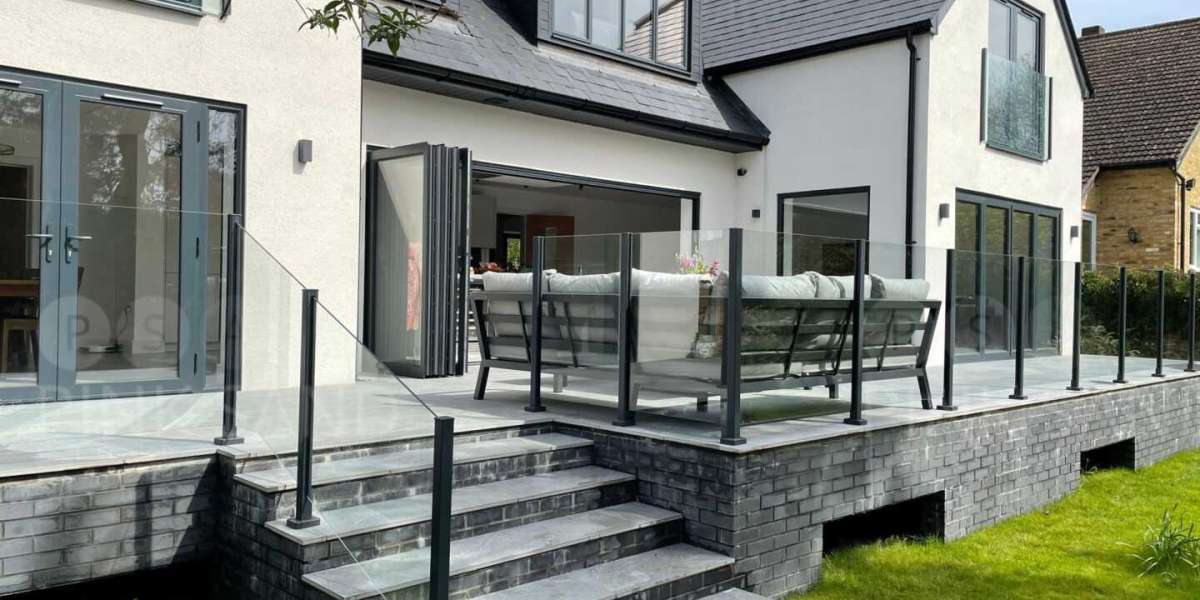
Window replacement is a significant home improvement project that can yield numerous benefits, from enhancing energy efficiency to improving the overall aesthetic appeal of a property. As homeowners increasingly prioritize sustainability and comfort, understanding the intricacies of window replacement becomes essential. This article delves into the various aspects of window replacement, including its benefits, types of windows, the replacement process, and considerations for homeowners.
The Importance of Window Replacement
Windows play a crucial role in a home’s energy efficiency. Old or damaged windows can lead to significant heat loss in winter and excessive heat gain in summer, resulting in increased energy bills. According to the U.S. Department of Energy, up to 30% of a home’s heating energy can be lost through inefficient windows. By replacing outdated windows with modern, energy-efficient options, homeowners can reduce their energy consumption, lower utility bills, and minimize their carbon footprint.
Beyond energy efficiency, new windows can enhance the aesthetic appeal of a home. They can improve curb appeal, increase property value, and allow for better natural light and ventilation. Furthermore, modern windows come in a variety of styles and materials, providing homeowners with numerous options to match their personal tastes and home architecture.
Types of Replacement Windows
When considering window replacement, homeowners have several options regarding the type of windows to choose from. The most common types include:
- Double-Hung Windows: These windows feature two sashes that slide up and down, allowing for excellent ventilation and easy cleaning. They are a popular choice for traditional homes.
- Casement Windows: Hinged on one side, casement windows open outward, providing maximum ventilation and unobstructed views. They are ideal for hard-to-reach areas and can be more energy-efficient than sliding windows.
- Sliding Windows: These windows slide horizontally and are often used in modern designs. They are easy to operate and can provide expansive views.
- Awning Windows: Hinged at the top, awning windows open outward, allowing for ventilation even during rain. They are often used in combination with other window types.
- Picture Windows: Fixed windows that do not open, picture windows provide unobstructed views and allow natural light into the home. They are often used in living rooms and other common areas.
- Bay and Bow Windows: These windows protrude from the home, creating a nook inside. They can add architectural interest and additional space, making them a popular choice for living areas.
The Window Replacement Process
The window replacement process typically involves several key steps:
- Assessment: Before replacement, a thorough assessment of the current windows is essential. This includes checking for drafts, moisture damage, and overall condition. Homeowners may also want to consider their energy bills and comfort levels to determine if replacement is necessary.
- Selecting Windows: Once a decision to replace windows is made, homeowners should research different types of windows, materials, and energy ratings. Consulting with a professional can provide valuable insights into the best options for specific needs and budgets.
- Hiring a Professional: While some homeowners may choose to undertake window replacement as a DIY project, hiring a professional contractor is often recommended. Professionals have the experience and tools necessary to ensure proper installation, which is crucial for maximizing energy efficiency and preventing future issues.
- Installation: The installation process typically involves removing the old windows, preparing the openings, and installing the new windows. Proper sealing and insulation are critical to prevent air leaks and improve energy efficiency.
- Finishing Touches: After installation, finishing touches such as trim work, painting, https://electionforecast.co.uk/clear-vision-why-glass-partitions-are-the-future-of-office-design/ and caulking can enhance the appearance of the new windows and ensure a seamless integration with the home’s design.
Considerations for Homeowners
When planning a window replacement project, homeowners should consider several factors:
- Budget: Window replacement can be a significant investment, so it’s essential to establish a budget. Costs can vary widely depending on the window type, material, and installation complexity. Homeowners should also factor in potential energy savings when considering the overall cost.
- Energy Efficiency: Look for windows with the ENERGY STAR label, which indicates they meet energy efficiency guidelines set by the U.S. Environmental Protection Agency. Features such as low-E glass, multiple panes, and gas fills can enhance energy efficiency.
- Material Choices: Windows are available in various materials, including vinyl, wood, aluminum, and fiberglass. Each material has its advantages and disadvantages in terms of cost, maintenance, and durability. Homeowners should consider their climate, aesthetic preferences, and maintenance capabilities when choosing materials.
- Local Building Codes: Before starting a window replacement project, homeowners should check local building codes and regulations. Some areas may have specific requirements regarding window types, sizes, and installation methods.
- Warranties and Maintenance: Understanding the warranty offered by manufacturers and installers is crucial. A good warranty can provide peace of mind and protection against defects. Additionally, homeowners should be aware of the maintenance requirements for their chosen window types to ensure longevity.
Conclusion
Window replacement is a valuable investment that can enhance a home’s energy efficiency, aesthetic appeal, and overall comfort. By understanding the benefits, types of windows available, the replacement process, and key considerations, homeowners can make informed decisions that align with their needs and preferences. Whether upgrading for energy efficiency, aesthetics, or both, new windows can transform a home and provide lasting benefits for years to come. As energy costs continue to rise and sustainability becomes increasingly important, the decision to replace old windows is not just a renovation; it is a step towards a more efficient and beautiful home.





